New proposals have been put forward in parliament to raise the internet age of consent.
It’s hoped the change, which would lift the age of data consent from 13 to 16, would make it harder for social media giants to target children.
Those in favour say it would go some way to tackling the harms of “addictive by design” apps, which can use children’s data to target content they are interested in.
Cowdenbeath and Kirkcaldy MP Melanie Ward has backed the new law, which will go before the House of Commons for debate.
It follows new rules in Scotland which will empower headteachers to ban mobile devices from schools if they think it is necessary.
But what do you think?
Are the current rules sufficient, or would you like to see the age of internet consent raised to give parents more control?
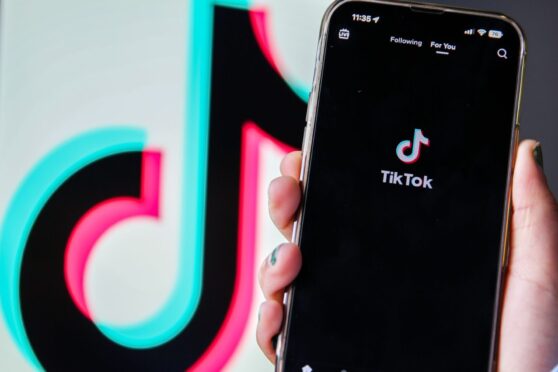


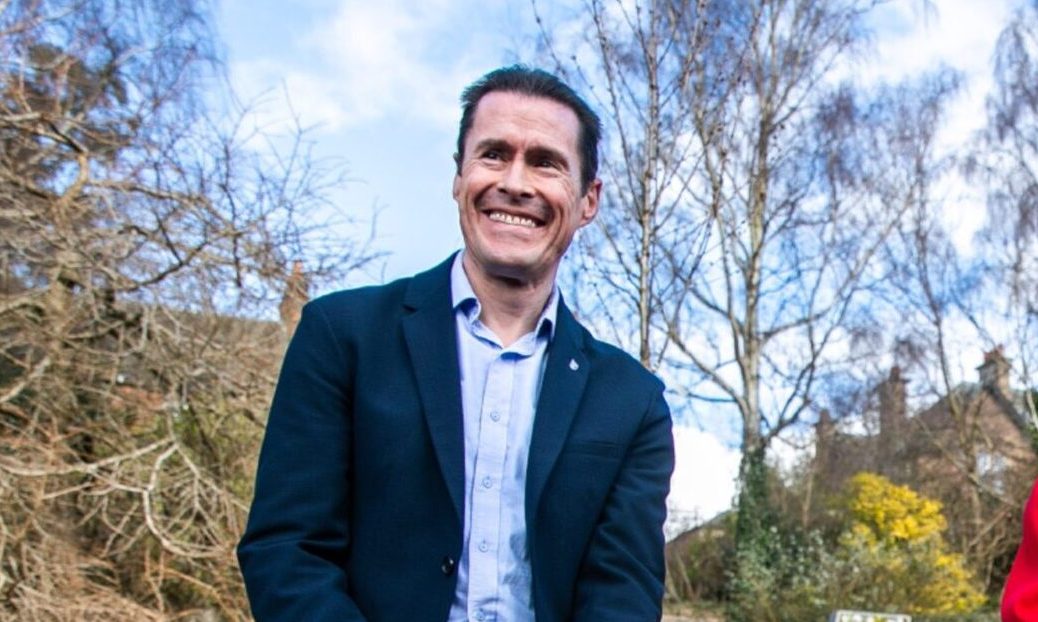
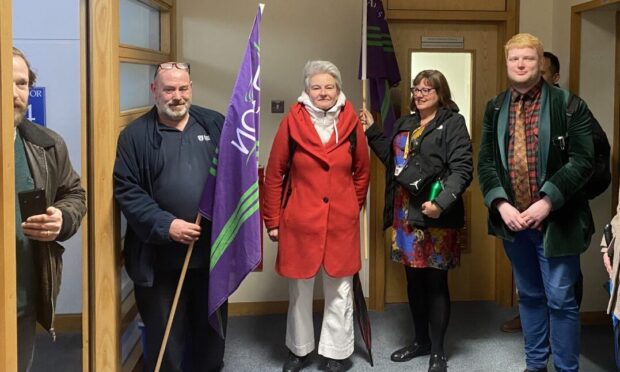
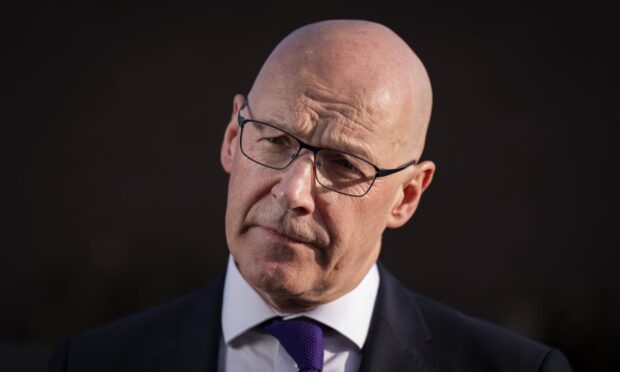



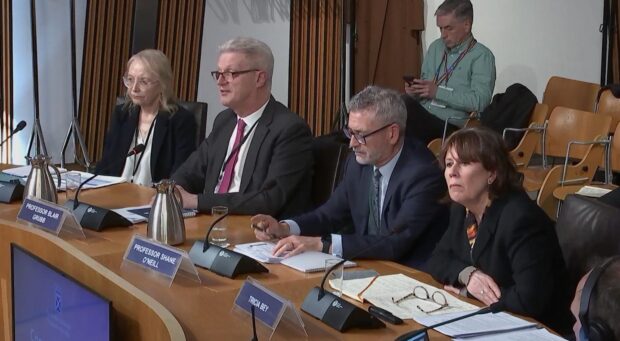

Conversation